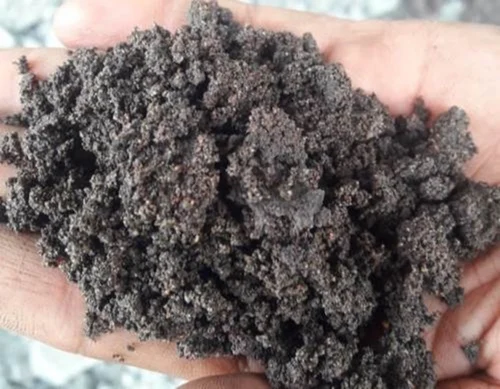Get In Touch With Us
© 2024 Created By MetalTradeMines

Correct handling and storage of metal sludges like copper sludge, nickel sludge, and zinc ash are necessary to maintain operational efficiency, environmental regulations, and employee safety. As an international leader in sourcing, processing, and exporting high-purity metal byproducts, MetalTradeMines has developed a set of best practices that serve as the industry benchmark.
Each sludge type possesses specific moisture content, particle size, and chemical makeup. Perform an in-depth analysis to ascertain settling rates, possible acidity, and heaviness of heavy metals. This information determines equipment selection for handling and the design of storage vessels.
Automated Transfer Systems: Utilize closed, automated conveyors and pumps to reduce manual exposure and dust production.
Personal Protective Equipment (PPE): Require chemical-resistant gloves, goggles, and respirators where sludge is in active motion.
Spill Containment: Place drip trays and secondary containment around transfer points to avoid ground contamination.
Tank Linings & Coatings: Choose corrosion-resistant linings that are compatible with copper and nickel compounds.
Temperature Control: Ensure stable temperatures to avoid sludge drying or excessive moisture accumulation—both of which can impede subsequent processing.
Regular Sampling: Adopt a grab-sampling schedule to track pH and solids concentration over time.
Comply with local and global standards (e.g., EPA, REACH) for heavy metal handling. Keep proper records of sludge amounts, disposal channels, and analytical test data to facilitate audits.
With decades of experience, we’ve optimized processes for purity and yield. Explore our specialized offerings to see these best practices in action:
By implementing these guidelines, your operation will achieve safer workflows, regulatory peace of mind, and maximum value recovery from metal sludges.